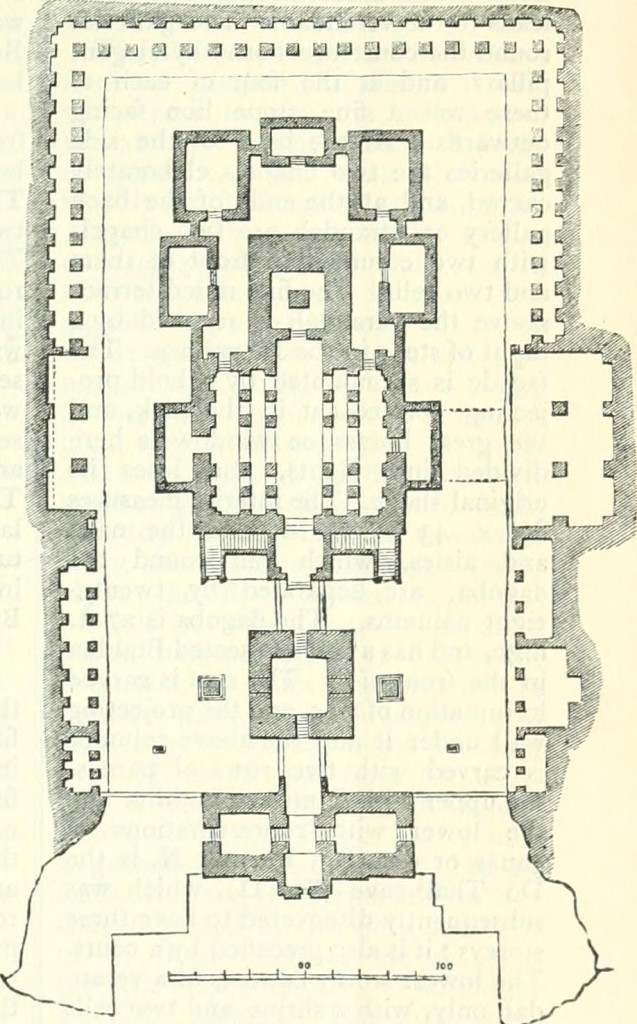Republished by Blog Post Promoter
IMAGINE THE DOMAIN
Republished by Blog Post Promoter
 The book is available in 14 languages. Visit the official website: https://alieninterview.org/
The book is available in 14 languages. Visit the official website: https://alieninterview.org/
HOW BIG IS YOUR GENOME?
Republished by Blog Post Promoter
(According to Earth “scientists”), genes are the fundamental units of inheritance in living organisms. Together, they hold all the information necessary to reproduce a given organism and to pass on genetic traits to its offspring.
Biologists have long debated what constitutes a gene in molecular terms but one useful definition is a region of DNA that carries that code necessary to make a molecular chain called a polypeptide. These chains link together to form proteins and so are the bricks and mortar out of which all organism are constructed.
Given this crucial role, it is no surprise that an ongoing goal in biology is to work out the total number of protein-coding genes necessary to construct a given organism. Biologists think the yeast genome contains about 5300 coding genes and a nematode worm genome contains about 20,470.
But the number for humans has been the subject of constant revision since biologists first began the task of estimating them in the 1960s. Then, they believed humans could have as many as 2 million protein-coding genes. But by the time the human genome project began in the late 1990s, the highest estimates put the number at 100,000 and the number has continued to shrink.
That’s an interesting result that is partly a reflection of the state of genomics. The human genome is by no means fully defined and biologists are still in the process of refining their gene models and withdrawing genes in the process.
Indeed, in the most recent update of the genome release, geneticists have withdrawn 328 of the 2000 genes that Ezkurdia, Tress and co identify as potentially non-coding.
And on this evidence, the human genome is set to get smaller still. “Our evidence suggests that the final number of true protein coding genes in the reference genome may lie closer to 19,000 than to 20,000.”
Which means that humans have fewer protein-coding genes even than nematode worms.
Geneticists long ago debunked the idea that more complex organisms require more genes. The water flea, for example, has 31,000 genes, the most in any animal, while the organism with the largest genome is thought to be the Paris jabonica, a rare flowering plant native to Japan.
The fact that the human genome is so parsimonious raises an interesting question. What exactly is it about the human genome that gives rise to our staggering complexity, in the brain for example, compared to other animals such as monkeys, worms or even water fleas?
A good answer to that question will win prizes!
Ref: arxiv.org/abs/1312.7111 : The Shrinking Human Protein Coding Complement: Are There Fewer Than 20,000
IMAGINE GOD
KAILASA TEMPLE MYSTERY
Republished by Blog Post Promoter
This is the world famous Kailasa temple at Ellora in the Maharashtra province of India. What is so special about this temple? This temple was not constructed by adding stone blocks, but an entire mountain was carved out to create this temple. This is the only example in the whole world where a mountain was CUT OUT FROM THE TOP, to create an enormous integrated structure inside the mountain. TAKE A TOUR of the cave in the video below:
The Kailasa Temple is part of the Ellora cave group. it is number 16 of a total of 34 caves. The Ellora caves are not natural caves, but religious dwellings excavated out of the face of a cliff. These caves are generally thought to have been created between the fifth and tenth centuries AD. But were they really? Is it possible that the first work was done much earlier in time? So many of these structures worldwide have been re-worked throughout history. The Ellora caves house Hindu, Buddhist as well as Jain temples. According to Hinduism, Buddhism and Jainism, it is one of the possible locations of Mt Meru or Sumeru, which is the center of the universe. The architectural plan (below) of the temple looks like a computer circuit board….
Read more about this “Wonder of The World” here: http://ancientvisitors.blogspot.com/2014/09/incredible-hidden-secrets-of-kailasa.html



